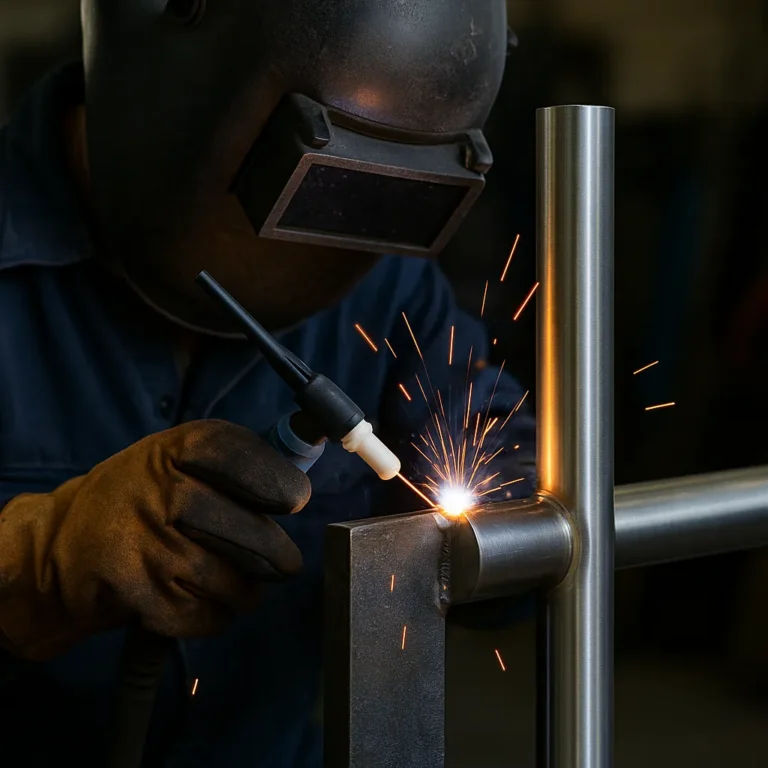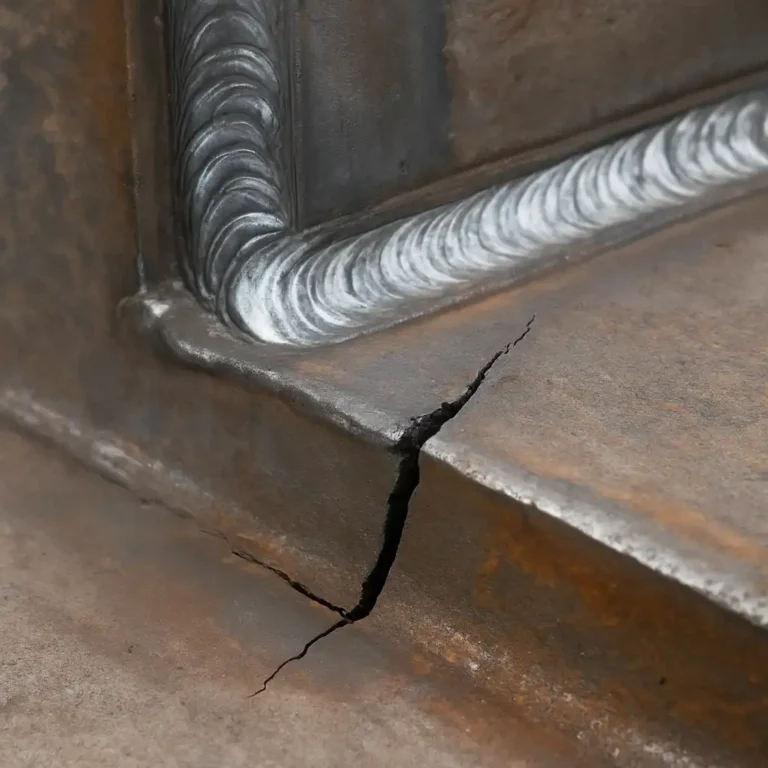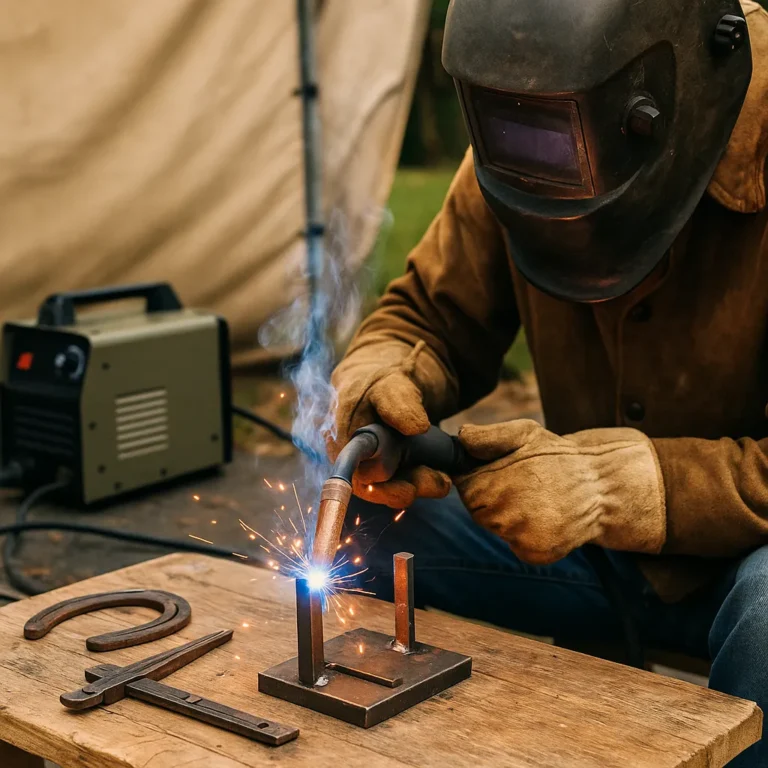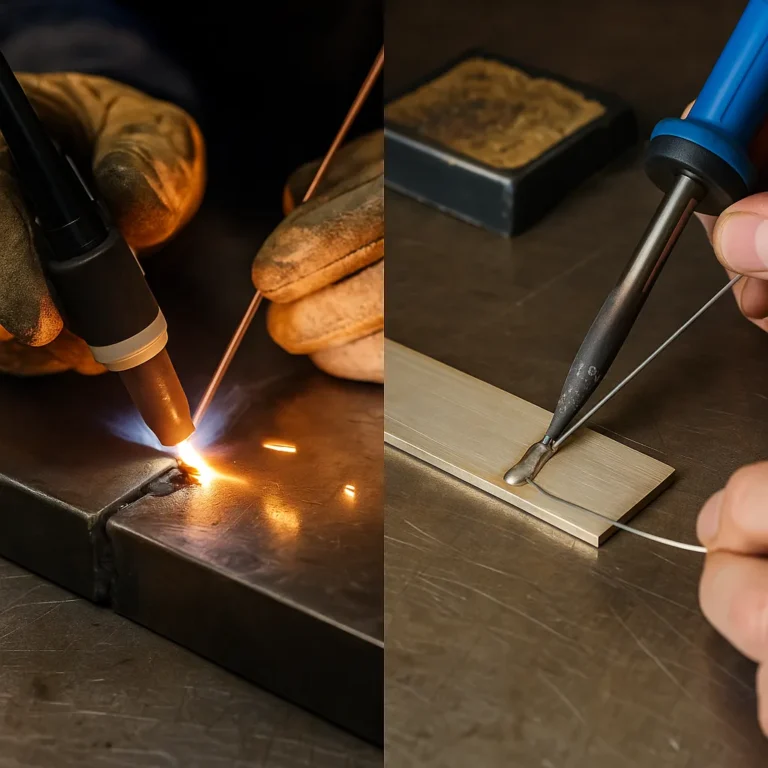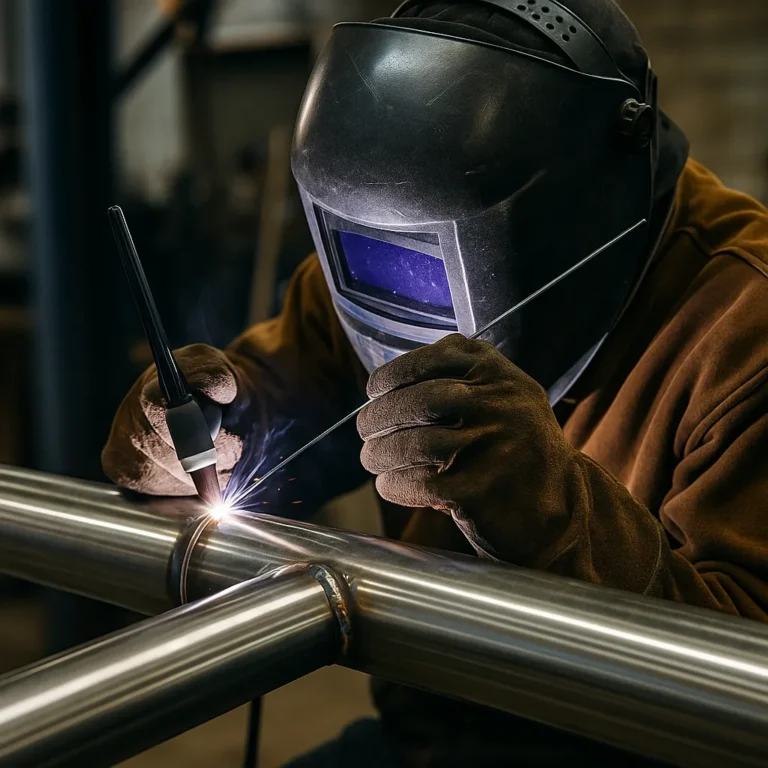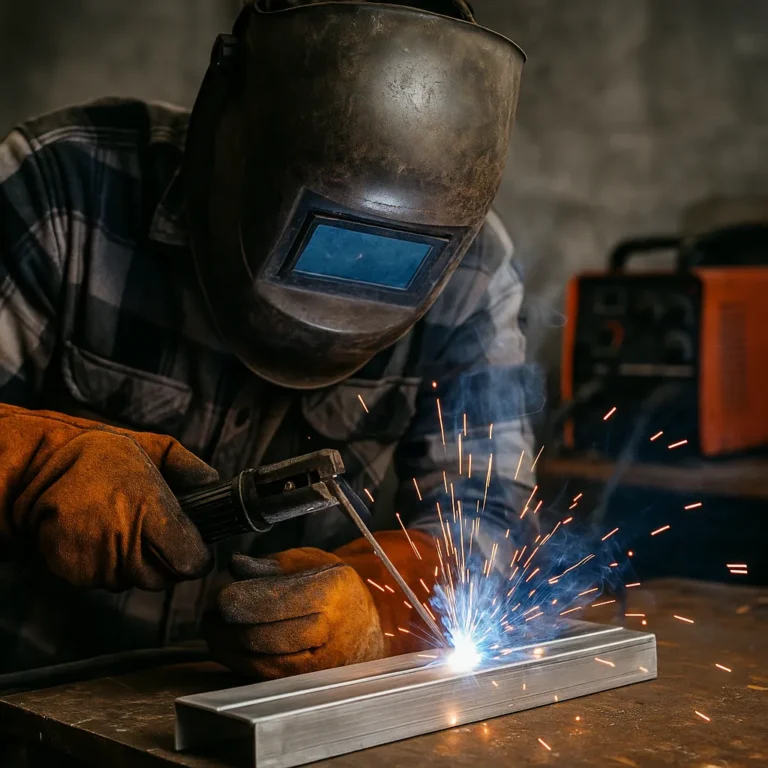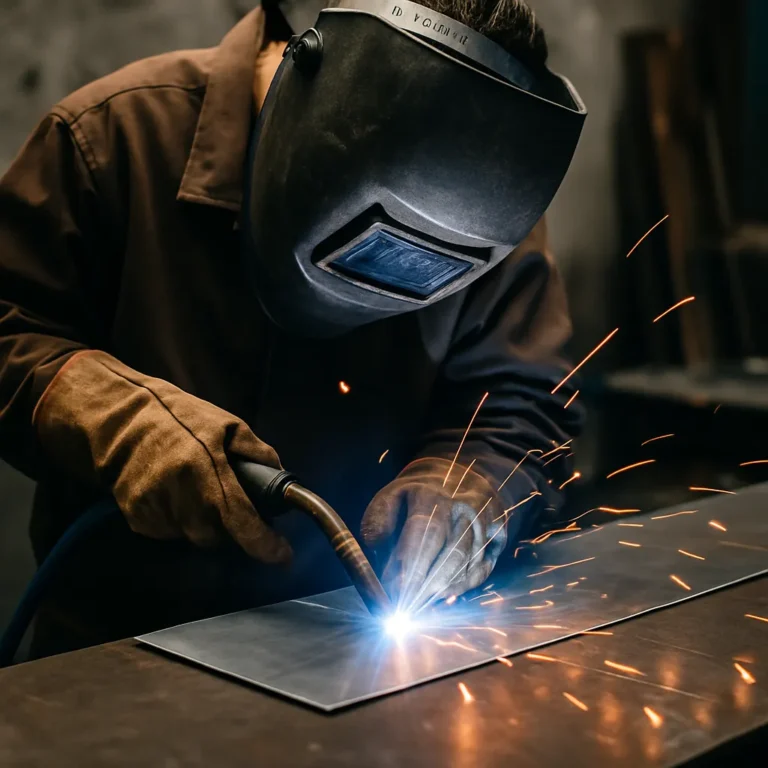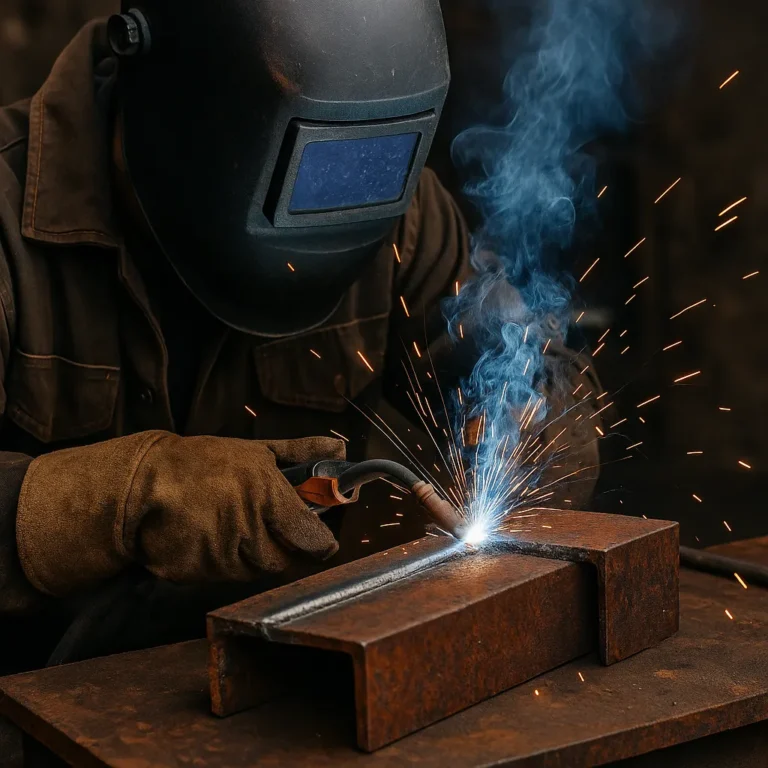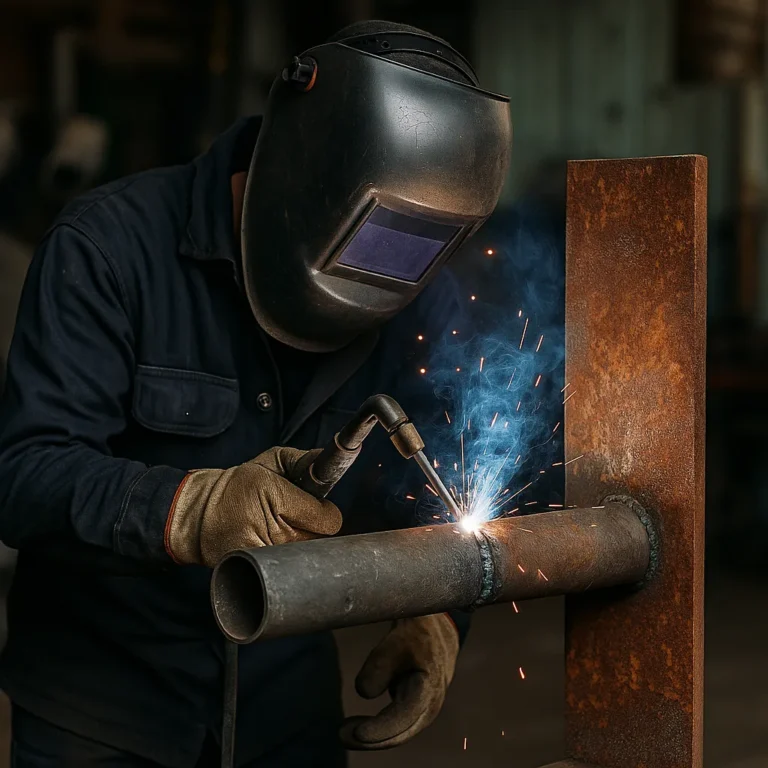Can Titanium Be Welded to Other Metals? A Practical Guide for Welders
Titanium is famous for being lightweight, incredibly strong, and resistant to corrosion, but that doesn’t mean it’s easy to work with. If you’re considering welding titanium to steel, stainless, or aluminum, there’s some critical information you need before you strike your first arc. Based on real-world welder feedback and shop experience, here’s a practical look…

